13th Jul 2022
During my visit to Haut-Brion in June this year, deputy managing director Jean-Philippe Delmas set up a tasting for me of all the vintages of Quintus and Dragon de Quintus made thus far: 2011-2020.
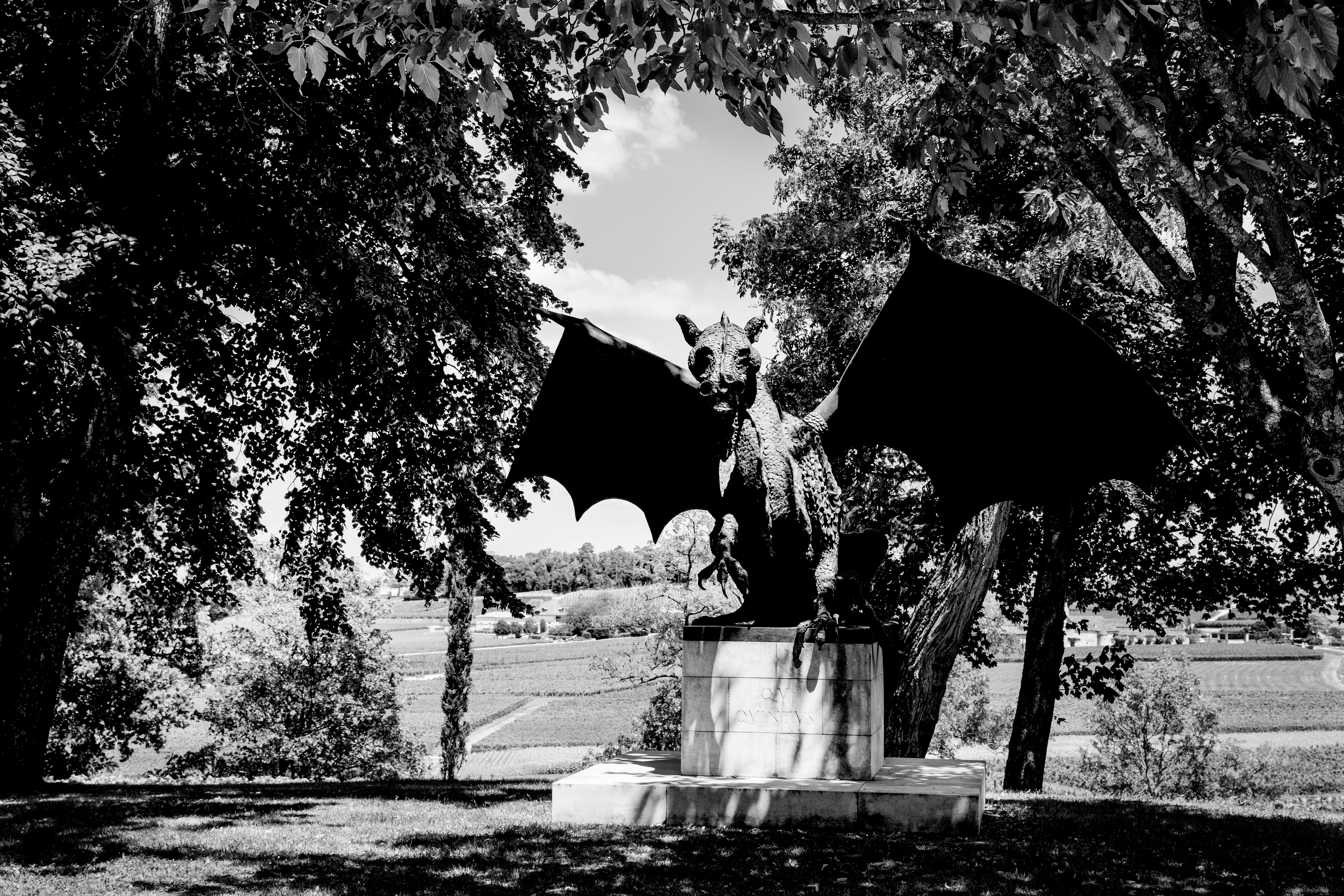
Dragon Fruit
Last year, India’s government renamed the dragon fruit “kamalam,” meaning lotus blossom in Sanskrit, the country’s sacred national flower. The “fruit” (technically a cactus) is originally from Central and South America, where it is known as pitaya. It has been widely cultivated in Southeast Asia for decades, where the English name, dragon fruit, took hold. Given the name and its spiny, dragon-like appearance, it is hardly surprising dragon fruit became particularly popular in China, although it is mainly sourced from Vietnam. More recently, cultivation has taken off in India, but given the country’s icy relations with China, the state decided to rename it, explicitly citing its “association with China” as the rationale. Unsurprisingly, India’s limp rebranding of dragon fruit backfired, not least of all because neither the fruit’s name nor origin were Chinese, rendering the fruit’s manufactured identity crisis all India’s.
In 2011, Château Tertre Daugay—a well-placed, underperforming Saint-Émilion Grand Cru—was purchased by Domaine Clarence Dillon, owners of Château Haut-Brion and La Mission Haut-Brion. The following year, it was announced that Tertre Daugay would be renamed Quintus, and its second wine would be Le Dragon de Quintus. The name Quintus was a nod to the fact that this is the company’s fifth wine (including the white versions of its two famous Pessac-Léognan estates), Quintus being the Roman name given to a fifth child in a family. And “Le Dragon” de Quintus? Let’s just say this happened during the Chinese Bordeaux wine bubble, and so there were murmurs about chasing the Chinese Yuan. Nonetheless, an impressive dragon statue has been erected at the estate, planting a tangible connection to the name.
In the cases of the renamed dragon fruit and, indeed, Tertre Daugay, the “rose by any other name” premise springs to mind. However, since its inception, Quintus’ identity has been in a state of flux as the vineyard area has undergone dramatic expansion and transformation. In 2011, the wine was made from fruit off the 16-hectare Tertre Daugay vineyard, albeit with fresh eyes, not to mention resources. Then in 2012, the 12-hectare, classified Château L’Arrosée vineyard was acquired by Domaine Clarence Dillon and folded into Quintus. Finally, in 2021, Château Grand-Pontet, a 14-hectare and classified estate located some distance away, near Château Beau-Séjour Bécot, was added to Quintus. This rendered the combined Quintus property one of the largest estates in Saint-Émilion. Thus, while the names of the first and second wines remain unchanged throughout this period, the fruit sources and Quintus estate’s identity have changed considerably.
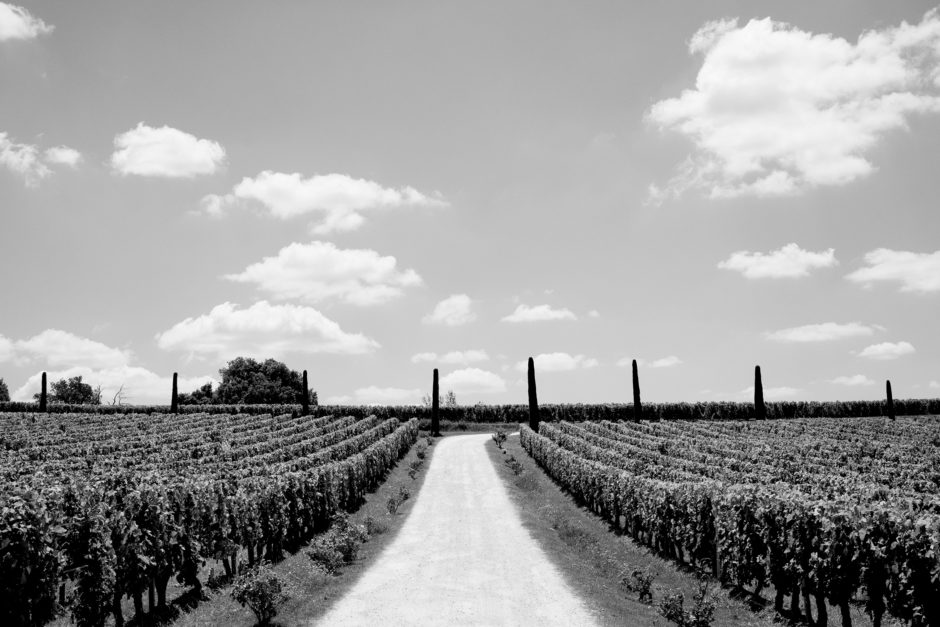
Perched on hillside look-out above Angélus on one side and Canon La Gaffeliere on the other, when it was firing on all cylinders, Tertre Daugay could be forward, generous, and plush with alluring purity of fruit. Meanwhile, L’Arrosée, with a section of its vineyards located on the slopes near Magdelaine, I found to be perfumed, silken-textured, and elegant with impressive freshness, if a little lean in lesser years.
Today, the burgeoning style of Quintus appears to be an expression that reflects neither and both its parent vineyards. Having known the wines of both Tertre Daugay and L’Arrosée before Domaine Clarence Dillon’s acquisition, I can see not just a sum greater than its parts beginning to emerge here but a whole new wine personality.
Full-bodied, structured, and possessing impressive intensity, the most recent vintages of Quintus (especially 2018-2020) are perfumed, hedonic powerhouses.
It's a style which has much to do with these warmer years, of course, but also the interpretation of the terroirs by the new owners. If not in name but identity, it will be exciting to see what the third terroir addition, Grand-Pontet, brings to the table in the coming years.
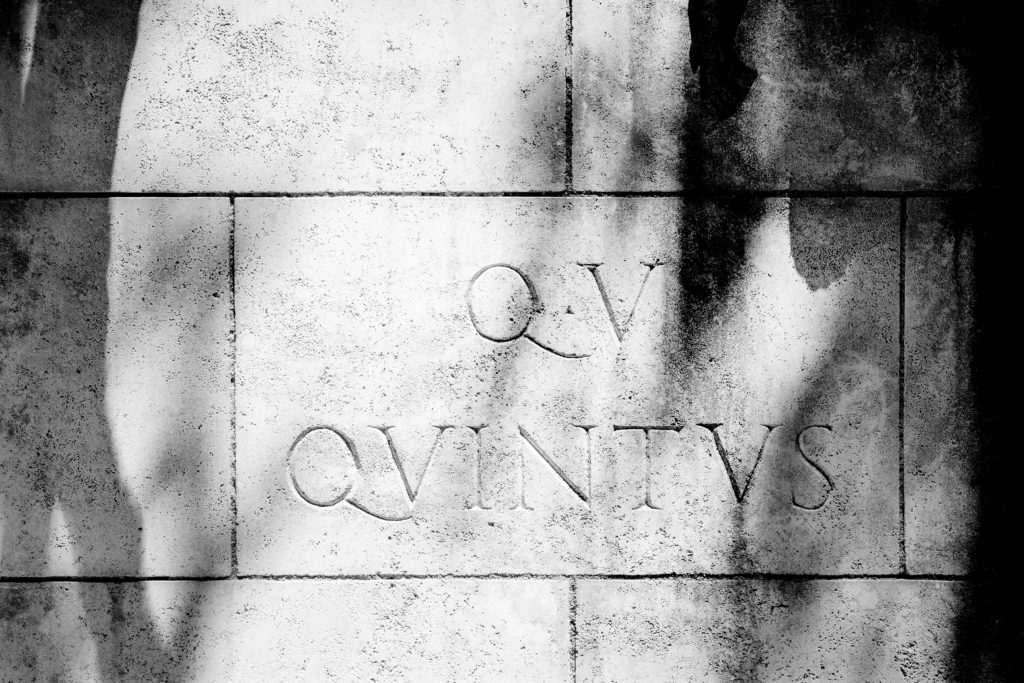
-
Article & Reviews by Lisa Perrotti-Brown MW
Photographs by Johan Berglund
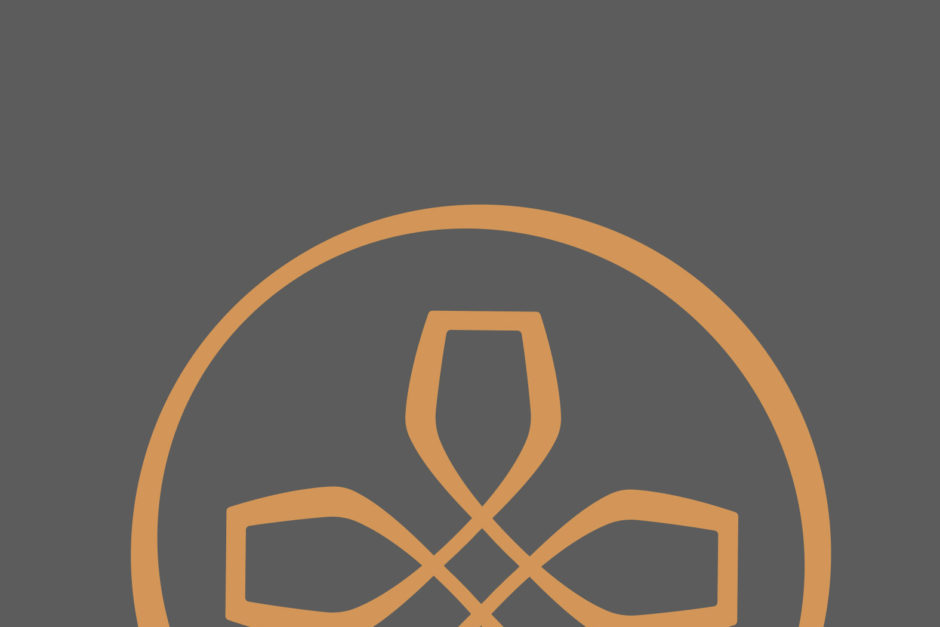
PRODUCERS IN THIS ARTICLE
> Show all wines sorted by scoreMore articles

Bordeaux 2023 Vintage Report and Reviews from Barrel
09th May 2024
649 tasting notes

Cathiard Vineyard New Releases
02nd May 2024
3 tasting notes
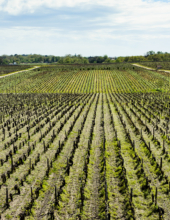
Bordeaux 2023 Preliminary Vintage Report and Reviews from Barrel
29th Apr 2024
56 tasting notes

2021 Bordeaux in Bottle and A Modest Proposal
24th Apr 2024
599 tasting notes
Show all articles